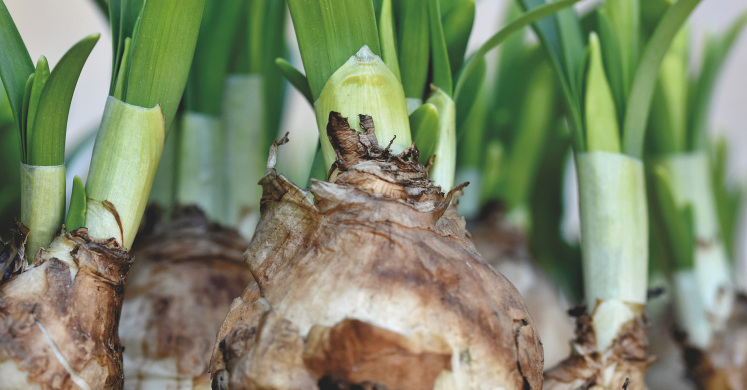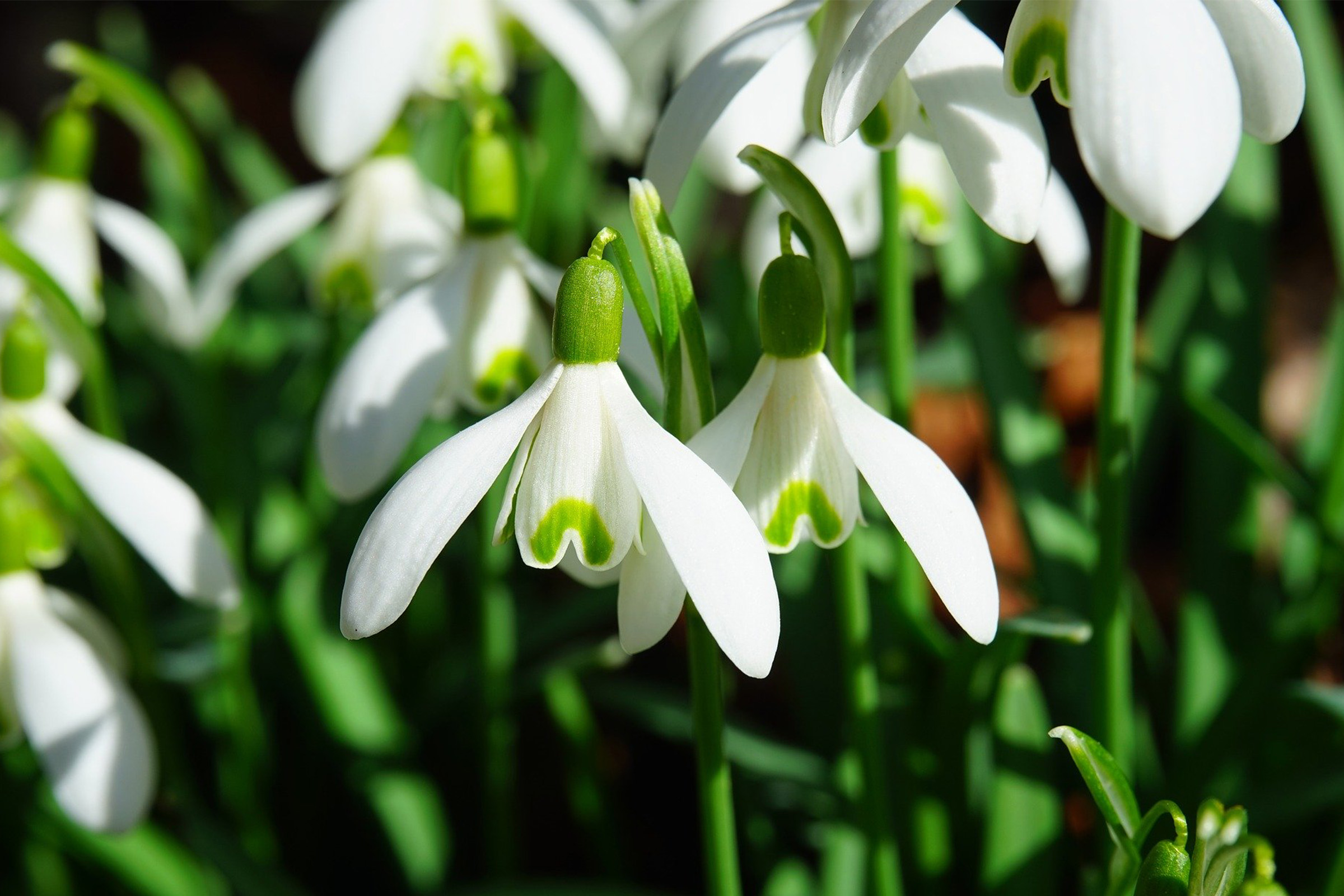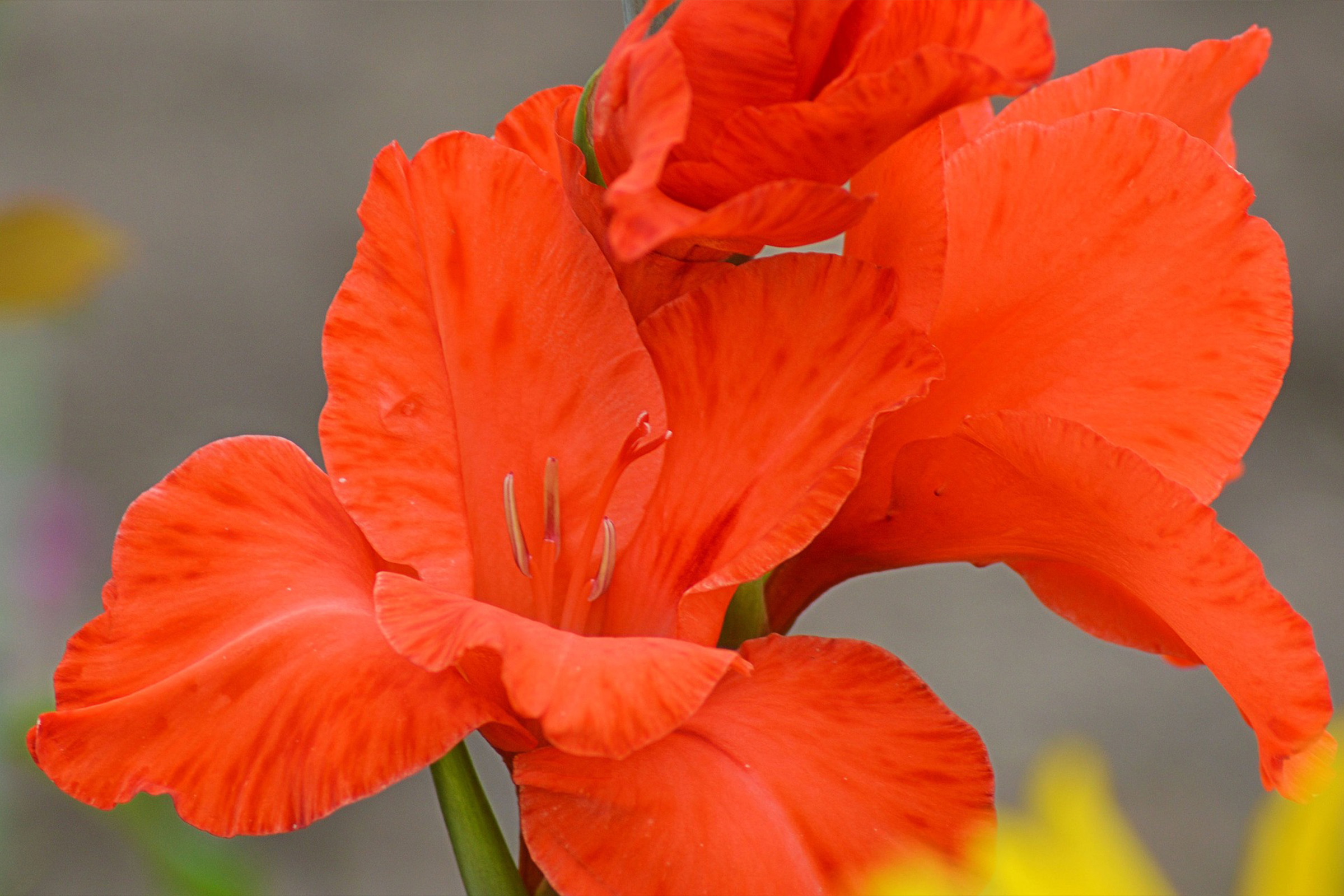Blog

Ask Dr. Phipps: Beautiful Bulb Bloom Succession
Have a question about your perennials, houseplants or turf grass? Worried about pests in the garden, hydrangeas that won't bloom, or tomatoes that died on the vine? Dr. Phipps can help! Ask Dr. Phipps is a free service provided by Phipps Master Gardeners. Contact us with your questions and you may be featured in an upcoming blog post!
Q: There is an area of the yard with good sun exposure where I would like to stagger bulbs so that they bloom at different times throughout the spring and summer, what would you suggest?
A: Spring blooming bulbs are generally planted in the fall. It is too late to plant those, but now is a great time to plan for next spring. For your fall bulb planting you can order bulbs now (and this summer) through Brecks or other sources to be delivered in the fall and bloom next spring.


Snowdrops are nice bulbs because they bloom fairly early in the year, followed by other small bulbs such as scilla, hionodoxa and crocus. Next come daffodils and hyacinths. Alliums, like Allium giganteum, bloom in late spring. Gladiolas and iris are nice summer bloomers. You may want to design your bulb garden around your favorite colors or select colors that complement each other. White and purple flowers are a nice combination. Purple and yellow are complimentary colors. Or you can select blooms based on warm or cool color pallets. Orange, yellows and reds are warm colors. Purple and blue blooms are cool colors. Many bulbs have different color varieties. For example, you can use purple, white or orange crocuses. Have fun with your selection. For more ideas, see the articles included below.

Here is a helpful article from Brecks (a great source for bulbs) with information on spring bloom times.
And this article talks about both spring and summer blooms.
Both have good charts that indicate various flowers and their bloom times. These should help to plan a succession of bloom.

